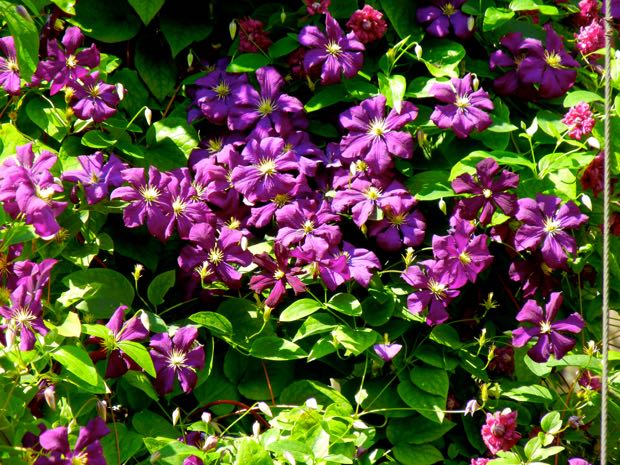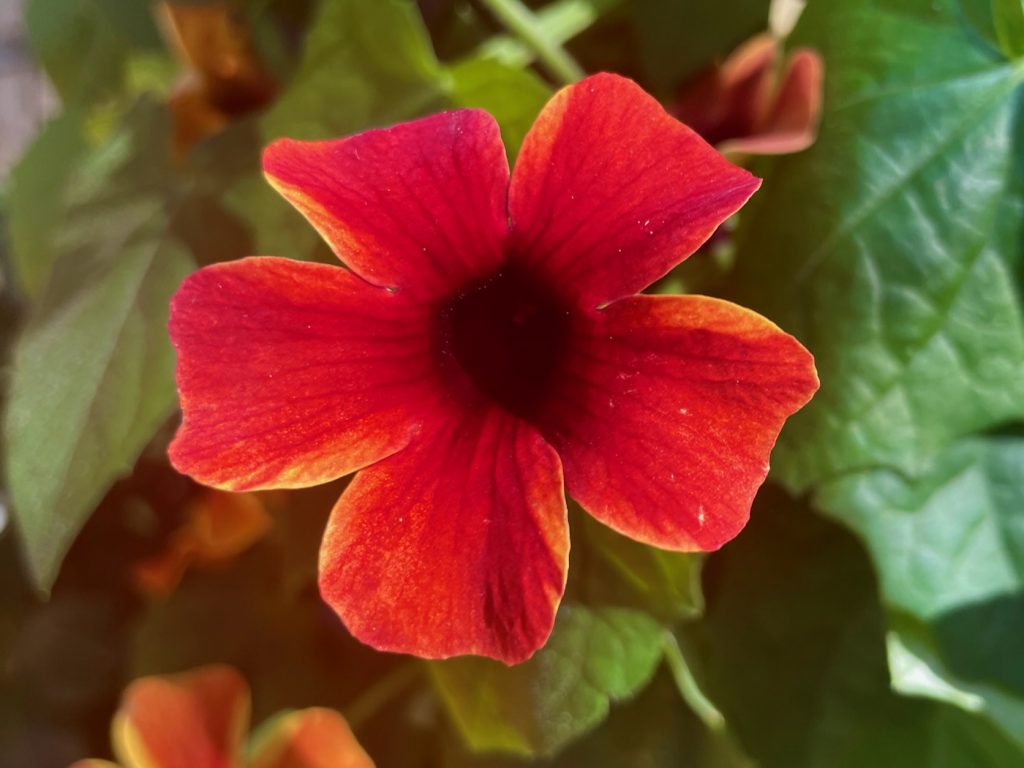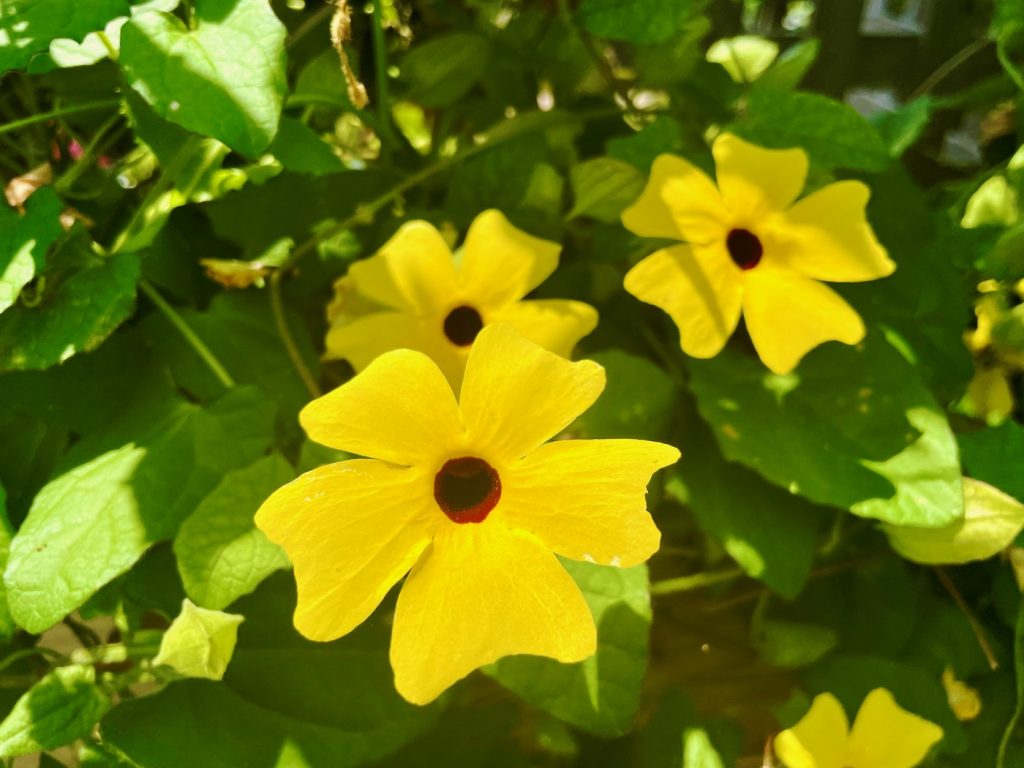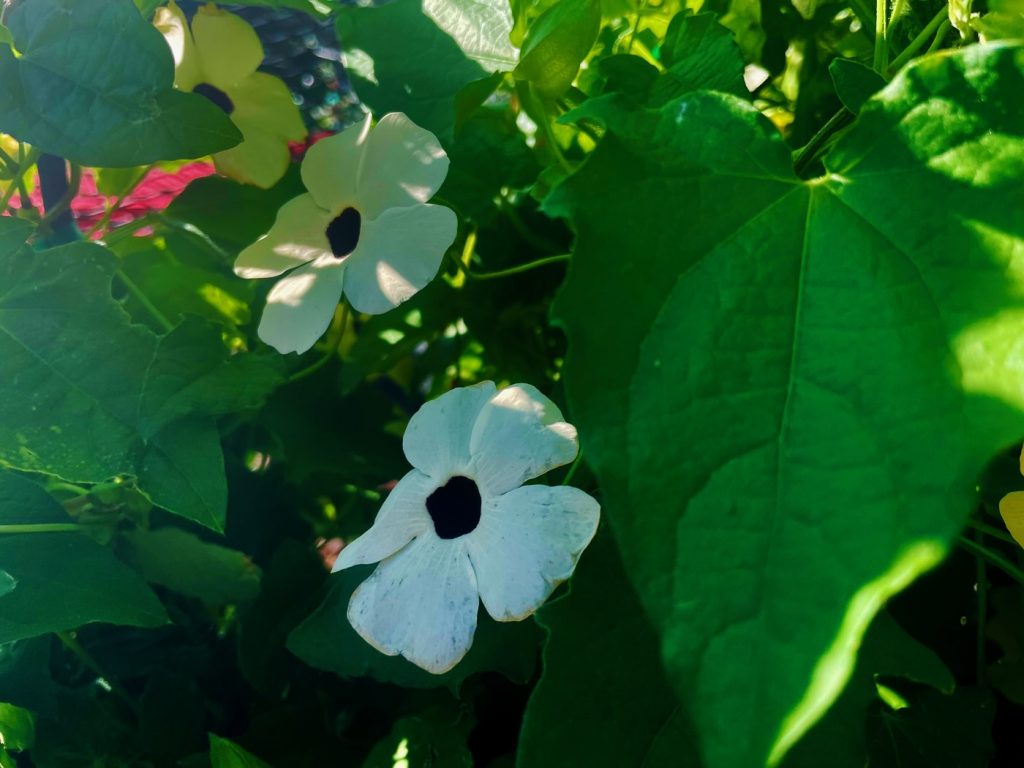Clematis ‘Jackmanii’: The Radiant Ranunculaceae Climber
Background and Characteristics: Clematis ‘Jackmanii’, commonly known as Jackman’s Clematis, belongs to the Ranunculaceae family of plants. This deciduous climber showcases stunning star-shaped purple flowers that grace the vine during the summer and autumn seasons.
Description and Origin: The name ‘Jackmanii‘ honors George Jackman, an English horticulturist who developed this cultivar through the crossbreeding of Clematis vitticella and Clematis lanuginosa. While the former is native to Europe and the latter to Asia, the hybridization resulted in the creation of Clematis ‘Jackmanii.’ George Jackman, known for his contributions to the field of horticulture, cultivated this variety in 1858. Among his other notable hybrids are Countess of Lovelace, Mrs. George Jackman, Duchess of Edinburgh, Sir Trevor Lawrence, and Duchess of Albany.
Cultivation of Clematis ‘Jackmanii’:
Sunlight: Clematis ‘Jackmanii’ thrives when grown in full sun or partial shade. Ensure that the plant receives adequate sunlight for optimal growth and abundant flowering.
Soil and Moisture: Plant this climber in moist, well-drained soil that is rich in organic matter. It is important to keep the soil consistently moist but avoid waterlogging. Clematis ‘Jackmanii’ prefers a soil environment that is slightly cool, and shading the root area with plants or rocks can provide this desired condition.
Fertilizing: Incorporating organic matter into the soil during planting can provide the necessary nutrients for healthy growth. Additionally, applying a balanced fertilizer in early spring and again in mid-summer can further support the plant’s vigor.
Pest and Disease Control: Watch out for aphids, especially during the plant’s growth phase. Clematis ‘Jackmanii’ can also be susceptible to Clematis Wilt, a fungal disease. Regularly inspect the plant for signs of pests or diseases and take appropriate measures to mitigate their impact. Slugs and snails are common pests that may affect clematis, while powdery mildew, slime, and wilt are potential diseases to be aware of.
Pruning: It is best to prune this variety in late fall or early spring, after it has completed flowering but before new growth emerges. Apply “hard pruning” by cutting the vine back to the ground, leaving about a foot of growth. Pruning stimulates new growth and encourages the plant to produce abundant flowers on new wood.
Propagation:
Clematis ‘Jackmanii’ can be propagated through layering or semi-hardwood cuttings. Layering involves bending a low-growing stem to the ground, covering it with soil, and allowing it to root before severing it from the parent plant. Semi-hardwood cuttings can be taken in late summer or early autumn, ensuring they have a few sets of leaves and are approximately 8-10cm long. Place the cuttings in a suitable growing medium until roots develop, then pot them individually.
Enjoy the Beauty of Clematis ‘Jackmanii’: Clematis ‘Jackmanii’ is a stunning climber that adds a touch of radiance to gardens and landscapes. With its vibrant purple flowers and vigorous growth, it creates a visually captivating display. By providing suitable growing conditions, proper pruning, and vigilant pest and disease control, you can enjoy the abundant blooms of Clematis ‘Jackmanii’ and elevate the beauty of your outdoor space.




